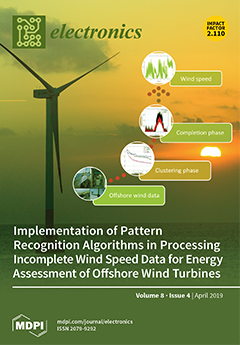ZnO films with a thickness of ~200 nm were deposited on SiO
2/Si substrates as the seed layer. Then Zn(NO
3)
2-6H
2O and C
6H
12N
4 containing different concentrations of Eu(NO
3)
2-6H
[...] Read more.
ZnO films with a thickness of ~200 nm were deposited on SiO
2/Si substrates as the seed layer. Then Zn(NO
3)
2-6H
2O and C
6H
12N
4 containing different concentrations of Eu(NO
3)
2-6H
2O or In(NO
3)
2-6H
2O were used as precursors, and a hydrothermal process was used to synthesize pure ZnO as well as Eu-doped and In-doped ZnO nanowires at different synthesis temperatures. X-ray diffraction (XRD) was used to analyze the crystallization properties of the pure ZnO and the Eu-doped and In-doped ZnO nanowires, and field emission scanning electronic microscopy (FESEM) was used to analyze their surface morphologies. The important novelty in our approach is that the ZnO-based nanowires with different concentrations of Eu
3+ and In
3+ ions could be easily synthesized using a hydrothermal process. In addition, the effect of different concentrations of Eu
3+ and In
3+ ions on the physical and optical properties of ZnO-based nanowires was well investigated. FESEM observations found that the undoped ZnO nanowires could be grown at 100 °C. The third novelty is that we could synthesize the Eu-doped and In-doped ZnO nanowires at temperatures lower than 100 °C. The temperatures required to grow the Eu-doped and In-doped ZnO nanowires decreased with increasing concentrations of Eu
3+ and In
3+ ions. XRD patterns showed that with the addition of Eu
3+ (In
3+), the diffraction intensity of the (002) peak slightly increased with the concentration of Eu
3+ (In
3+) ions and reached a maximum at 3 (0.4) at%. We show that the concentrations of Eu
3+ and In
3+ ions have considerable effects on the synthesis temperatures and photoluminescence properties of Eu
3+-doped and In
3+-doped ZnO nanowires.
Full article





